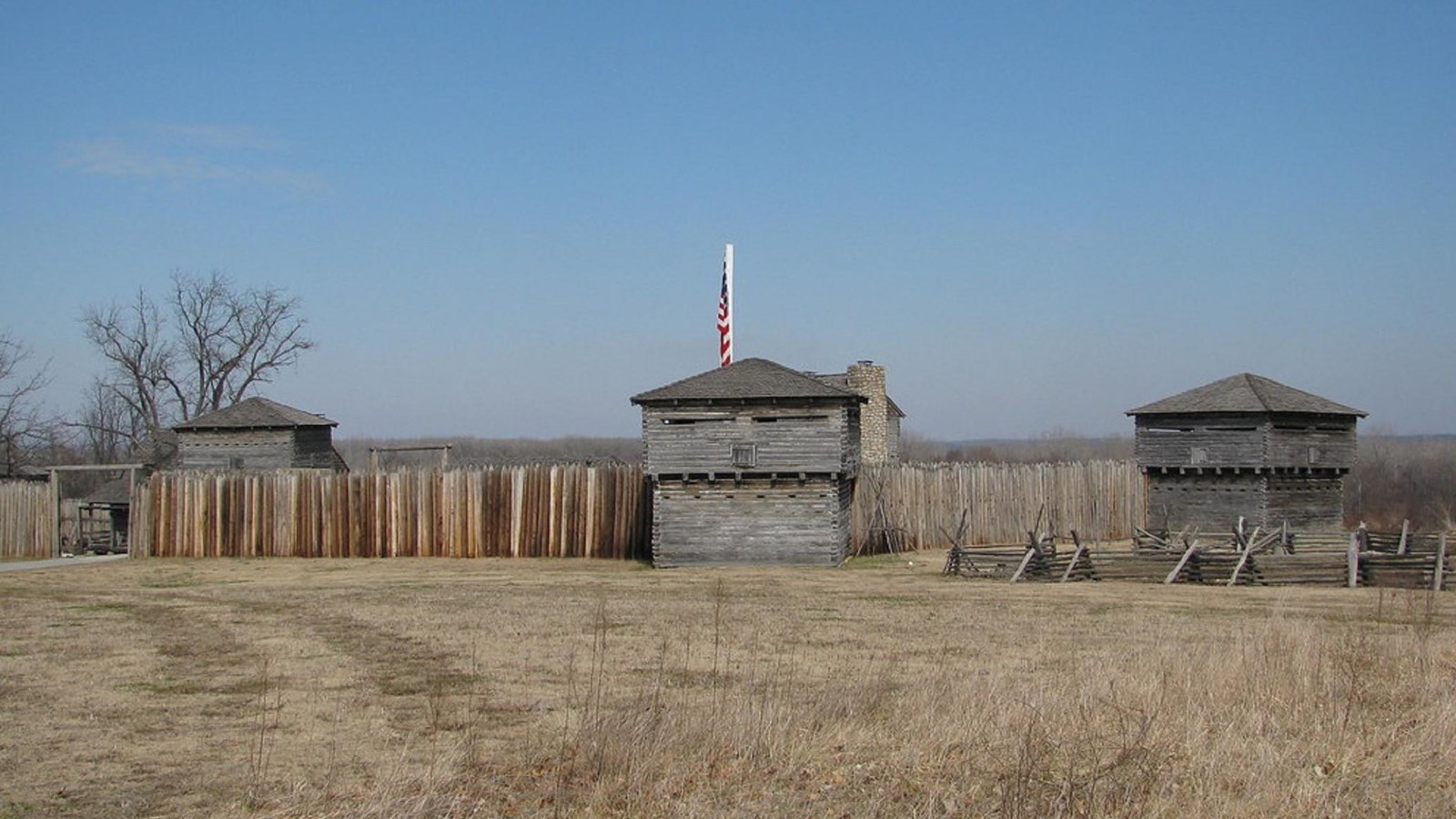Last updated: May 21, 2021
Place
Fort Osage National Historic Landmark

"Fort Osage" by Capricorn Cringe is licensed under CC BY-NC 2.0
Accessible Rooms, Accessible Sites, Audio Description, Audio Description - Live, Baby Changing Station, Beach/Water Access, Benches/Seating, Cellular Signal, Electrical Outlet/Cell Phone Charging, Elevator, Entrance Passes For Sale, Fire Extinguisher, First Aid Kit Available, First Aid/Medical Care Available, Food/Drink - Cafeteria, Food/Drink - Snacks, Food/Drink - Vending Machine/Self Service, Gifts/Souvenirs/Books, Historical/Interpretive Information/Exhibits, Information, Information - Maps Available, Information - Ranger/Staff Member Present, Information Kiosk/Bulletin Board, Open Captioning, Parking - Auto, Parking - Boat Trailer, Parking - Bus/RV, Picnic Shelter/Pavilion, Picnic Table, Recycling, Restroom, Restroom - Accessible, Scenic View/Photo Spot, Telephone, Text Telephone/TTY, Theater/Auditorium, Toilet - Flush, Trash Dumpster, Trash/Litter Receptacles, Volume-Controlled Telephone, Water - Drinking/Potable, Water - Non-Potable, Wheelchair Accessible, Wheelchairs Available
Lewis and Clark NHT Visitor Centers and Museums
Visitor Centers (shown in orange), High Potential Historic Sites (shown in black), and Pivotal Places (shown in green) along the Lewis and Clark National Historic Trail
Fort Osage National Historic Landmark in Sibley, Missouri was originally established in in 1808. The effort to build the fort to serve as an outpost in the Louisiana Purchase territory was led by William Clark, one of the namesake members of the Lewis & Clark Expedition.
Thanks to the treaty of 1808, a large swathe of land was made available for the fort’s construction. Per the treaty, the Osage tribe gave up all the land east of a line due south of Fort Osage to the Arkansas River to the Americans in exchange for peaceful trade relations and protection from enemy tribes. Of course, this agreement wasn’t as beneficial for the Osage as they’d hoped. Subsequent treaties continued to carve away at native lands until the tribe was officially removed and sent to a reservation in southern Kansas.
Fort Osage remained populated until 1827 when it was abandoned due to the closure of the fort’s factory, ending government trade with the native tribes. As may be expected, the fort quickly fell into disrepair. Then, in 1908, an article published in the Kansas City Star prompted a decades-long effort to reclaim the fort, culminating in it being named a county park in 1941. Reconstruction of the fort was authorized in 1947, and the first Blockhouse was completed in 1948. Construction continued into the 1960s, with Fort Osage officially becoming a historical landmark in 1961.
Currently operated by Jackson County Parks & Recreation, Fort Osage provides an opportunity for visitors to tour the reconstructed site and experience living history. Each year, the Fort Osage Education Center provides educational programs to thousands of students. For more information, call 816-650-3278 or visit https://fortosagenhs.com/
